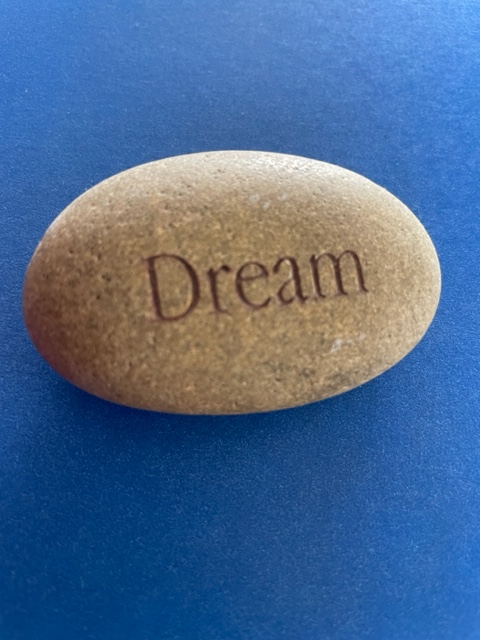
Jung’s Perspective
By contrast, for Carl Jung the ID (or more accurately the interior psychic process) is an archivist and a highly gifted and creative artist. Representing the entirety our unconscious life, Jung’s equivalent to the ID brings together not only our images from our personal unconscious, but also the rich source of images from the collective unconscious—including archetypes and collectively held myths.
Each of us is a creator of a personal mythology that borrows from all cultures and all history. The dream, according to Jung, is the theater where the dreamer brings together all elements of this theatric production—serving as author of each of the scenes, each of the actors—and as prompter, stage manager. The dreamer is also the audience (with the shadow function of the psyche often serving as the critic).
Healy’s Perspective
Traditional theories about the functions being served by dreams tend to portray only the ID and SUPER-EGO as authors and directors of the play. Many contemporary perspectives on dreams and their functions include EGO as the third author and director. Ben Healy (2019) offers the following summary (along with reference) of contemporary theories and research findings regarding the functions often assigned to dreams. Note the important role often played by EGO.
Healy begins by referencing the work of Sigmund Freud:
What are dreams for? A handful of theories predominate. Sigmund Freud famously contended that they reveal hidden truths and wishes. More recent research suggests that they may help us process intense emotions, or perhaps sort through and consolidate memories, or make sense of random neuron activity, or rehearse responses to threatening situations. Others argue that dreams have no evolutionary function, but simply dramatize personal concerns.
Despite being largely unsupported by evidence, Freud’s view maintains a strong following around the world. Researchers found that students in the U.S., South Korea, and India were much more likely to say that dreams reveal hidden truths than to endorse better substantiated theories. Relatedly, people put great stock in their dreams: In the same study, respondents said that dreaming about a plane crash would cause them more anxiety than an official warning about a terrorist attack.
Healy turns to some of the research findings about the average person’s experience of dreaming:
Even if dreams can’t foretell_ the future, they seem to expose our shared fascinations. The majority of dreams occur during REM sleep cycles, of which the average person has four or five a night. Eight percent of dreams are about sex, a rate that holds for both women and men-though women are twice as likely as men to have sexual dreams about a public figure, while men are twice as likely to dream about multiple partners. Anxiety is also rife: A study of Canadian university students found the most common dream topics, apart from sex, to be school, falling, being chased, and arriving too late for something.
He also reports on research that suggests differences in the kind of dreams people of differing ages and coming for different cultures are likely to engage. He concludes with a reference to what I have already noted that many other species apparently dream (or at least spend considerable time in a REM state):
For all the commonalities dreams exhibit, they vary across time-people who grew up watching black-and-white TV are more likely to dream in black and white [10] and culture. A 1958 study determined that compared with Japanese people, Americans dreamed more about being locked up, losing a loved one, finding money, being inappropriately dressed or nude, or encountering an insane person. Japanese people were more likely to dream about school, trying repeatedly to do something, being paralyzed with fear, or “wild, violent beasts.”(For their part, beasts almost certainly have nightmares too: Just about all mammals are thought to dream, as are birds, some lizards, and-unique among invertebrates, cuttlefish. The dreamiest member of the animal kingdom is the platypus, which logs up to eight hours of REM sleep a day.
While I appreciate Healy’s efforts to distill the studies that have been done regarding the functions served by dreams, I believe there are additional functions and many of them may serve an adaptive function.





